1. Married Couples Sharing a Bed

It might sound wild now, but for decades, TV shows weren’t allowed to show married couples sharing the same bed. Think about early shows like I Love Lucy or The Dick Van Dyke Show—even real-life married couples on screen had to sleep in twin beds with a safe chasm of air between them. The rule was all about maintaining a sense of “decency” for the American public, even if it flew in the face of reality. The idea was that anything suggesting sex—even between married folks—was too risqué for prime time, according to the Television Academy Interviews..
Over time, that changed, and shows started reflecting actual adult relationships. By the 1970s, shows like All in the Family broke the twin bed rule, and the public didn’t blink. These days, you’d be hard-pressed to find a show where a married couple doesn’t share a bed. What was once considered scandalous is now just… a Tuesday night sitcom.
2. Use of the Word “Pregnant”
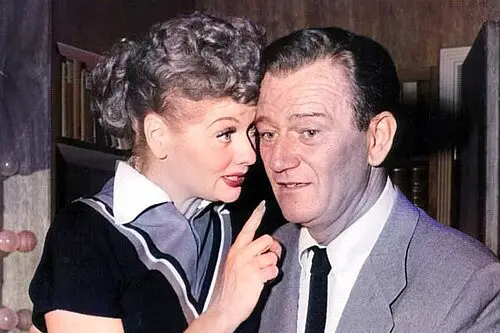
For a surprisingly long time, even the word “pregnant” was deemed too inappropriate for television, according to George Mason University. When Lucille Ball’s pregnancy was written into I Love Lucy in 1952, CBS had strict rules: the word “pregnant” could not be uttered on air. Instead, they used euphemisms like “expecting” to skirt around it, even though her character’s pregnancy was central to the storyline. This was seen as a way to avoid drawing attention to the fact that someone had, you know, had sex.
Today, pregnancy is a staple of TV plots, from teen dramas to comedies and reality shows. It’s openly discussed, joked about, and even shown in graphic medical detail on programs like Grey’s Anatomy or Call the Midwife. The cultural shift around talking about reproduction has made it not just acceptable but often celebrated. What used to be taboo is now prime-time content.
3. Belly Buttons
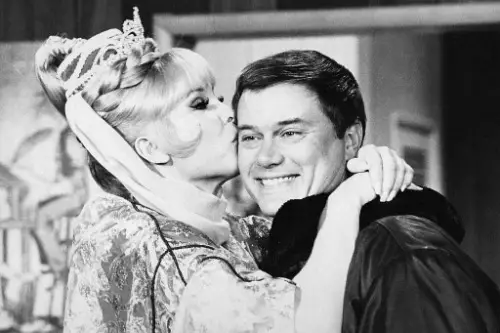
Believe it or not, showing a belly button was a bridge too far for network censors in the 1960s, according to Ian Lendler from CNN. That’s why I Dream of Jeannie star Barbara Eden had to wear her harem costume with the waistband pulled high enough to cover her navel. NBC and the censors believed that showing the belly button was too suggestive, even if the rest of the outfit was skin-baring. The restriction led to wardrobe tweaks and some truly creative costuming.
Fast-forward to today, and belly buttons are everywhere—from music videos to fitness shows to daytime talk TV. The idea that they were once considered scandalous feels almost comical now. TV standards have relaxed to the point where midriffs are routine, not risqué. If censors could see Euphoria, they’d probably faint on the spot.
4. Interracial Kissing
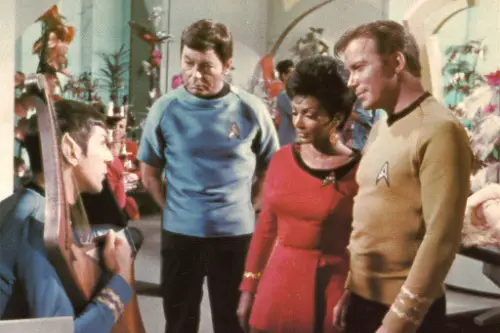
The first interracial kiss on U.S. television was a major moment, and not all that long ago—it happened in 1968 on Star Trek, between Captain Kirk and Lieutenant Uhura, according to Associated Press’s article on NBC News. Before that, such displays of affection were often banned or heavily discouraged, either by network policy or regional broadcast restrictions. Networks feared backlash from Southern audiences and advertisers who didn’t want to upset the status quo. The scene was groundbreaking and controversial, even though it was portrayed as involuntary within the episode’s context.
Since then, interracial relationships have become common in everything from romantic comedies to reality dating shows. While there’s still progress to be made in representation, what once shocked viewers is now a standard—and often celebrated—part of storytelling. From Grey’s Anatomy to Bridgerton, diverse love stories are the norm. That single kiss opened the door for a lot more connection on screen.
5. Saying “Hell” or “Damn”

There was a time when even mild swear words like “hell” and “damn” were off-limits on TV. The 1939 film Gone with the Wind stirred controversy for Rhett Butler’s “Frankly, my dear, I don’t give a damn,” and TV followed that same restrictive code well into the 1960s. These words were considered too coarse for polite company, especially during the “family hour” when kids might be watching. Scripts were rewritten, and actors had to get creative with their dialogue.
Eventually, the rules started to bend in the 1970s, with shows like All in the Family and MASH* pushing the limits. Today, you’ll hear “hell” and “damn” without a second thought—even in PG-rated content or daytime TV. While stronger language is still somewhat policed, the old standards feel quaint by modern measures. What was once bleeped is now barely noticed.
6. Showing a Toilet
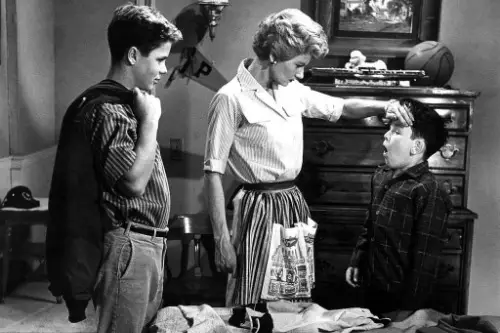
Until the 1970s, showing a toilet on screen—yes, just the actual fixture—was considered inappropriate. Leave It to Beaver snuck a toilet tank into one scene in 1957, and even that required special permission, according to David Mikkelson from Snopes. The concern was that showing bathroom elements was too intimate and crude for American viewers. As absurd as it sounds now, it was considered a big step in the wrong direction for “good taste.”
That all started to change with shows like All in the Family, which normalized the sound of a flushing toilet in the Bunker household. Since then, TV has included full bathroom scenes, both comedic and dramatic. From Seinfeld to The Office, awkward bathroom moments have become reliable comedy gold. The idea that toilets were once taboo feels almost more ridiculous than the punchlines they now deliver.
7. Pregnancy Outside of Marriage

Television used to treat unmarried pregnancy as a major no-go zone, avoiding it completely or shrouding it in metaphor. Early sitcoms and dramas simply didn’t go there—if a character was pregnant and not married, the storyline was often cut or never written at all. When it did appear, it was usually with a strong moralizing angle, warning of social disgrace. The assumption was that this subject matter was too controversial for general audiences.
By the time shows like Murphy Brown came around in the late 1980s, TV started to push back. Murphy’s single-mom storyline even became a political flashpoint when then-Vice President Dan Quayle criticized it publicly. Since then, shows like Gilmore Girls, Jane the Virgin, and Teen Mom have made unmarried pregnancy a recurring and normalized theme. It’s gone from scandalous to totally mainstream.
8. Homosexual Characters
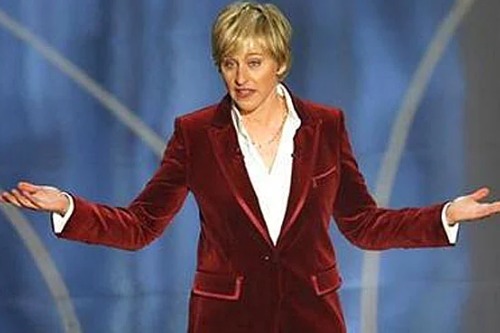
In the early days of television, any overt reference to homosexuality was banned under strict broadcasting standards. Queer characters were either absent or heavily coded and implied, never openly acknowledged. If same-sex attraction was mentioned, it was often part of a cautionary tale or played for uncomfortable laughs. The idea was that it wasn’t “family friendly,” and networks were cautious of public backlash.
That began to shift in the 1970s and ’80s with shows like Soap and Dynasty, and it really took off in the ’90s with Ellen and Will & Grace. Today, LGBTQ+ characters are central to countless shows, across every genre and network. Representation is still evolving, but being gay on TV is no longer a career-ending move—or a network scandal. The evolution here might be one of the most culturally significant shifts in TV history.
9. The Word “Divorce”
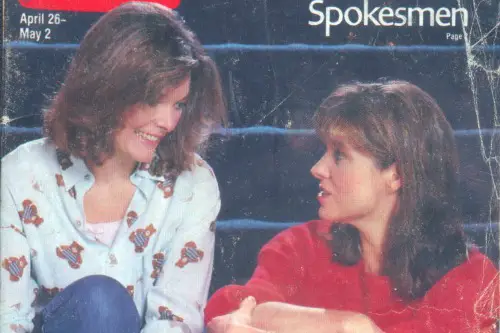
Even saying the word “divorce” on television used to raise eyebrows, let alone portraying it as a real storyline. In the early days of TV, divorce was considered a social taboo and simply not part of the idealized families portrayed on screen. Married couples stayed together, no matter how unrealistic that might have been. Networks feared it would offend the moral sensibilities of middle America.
But as the divorce rate rose in the real world, TV slowly began to reflect reality. By the 1970s and ’80s, characters on shows like One Day at a Time and Kate & Allie were openly divorced, and the stigma began to fade. Nowadays, divorce is depicted in everything from dramas to comedies, often as a central plotline. It’s a far cry from the days when the word itself was considered too controversial.
10. Showing Women in Pants

In the early years of television, female characters were almost always shown in dresses or skirts—pants were considered too masculine or rebellious. Even strong female leads had to conform to a specific visual image that aligned with traditional gender roles. It wasn’t until the 1960s that women like Mary Tyler Moore started breaking the mold and wearing pants on screen. And even then, it was still controversial.
Now, of course, this seems laughable. Women wear what they want on TV, and fashion is a form of personal expression, not a morality issue. From detectives to CEOs to superheroes, pants are just pants. The fact that they were once a battleground speaks volumes about how much television—and society—has changed.
11. Criticizing the Government

During the early Cold War years, television networks were extremely cautious about allowing political criticism, especially toward the U.S. government. Fear of appearing unpatriotic—or worse, being accused of communist sympathies—meant most shows steered clear of controversial topics. Characters rarely questioned authority, and satire was kept soft or hidden under layers of metaphor. This was particularly true during the McCarthy era, when blacklists made careers disappear.
That climate shifted in the late ’60s and ’70s with shows like M*A*S*H, which critiqued war and bureaucracy under the guise of comedy. Now, political satire is everywhere, from The Daily Show to Last Week Tonight. Criticism of the government is not only accepted—it’s expected, especially in late-night and news-adjacent programming. What once risked a ban is now a staple of prime time.
12. Showing Men Without Shirts (in Certain Contexts)

While shirtless male torsos were technically allowed on early television, they were often censored depending on the context. If it appeared too sexual or casual, especially indoors or in romantic scenes, censors would step in. There was a strong double standard—men could be shirtless in war films or while working outdoors, but not lounging seductively. This rule was tied more to tone than skin.
Nowadays, shirtless men are TV regulars, whether it’s in fitness segments, romantic comedies, or high-drama love triangles. Shows like The Bachelor practically require it. The arbitrary restrictions have largely fallen away, and as long as it fits the story, it’s game on. What once required justification now barely gets noticed.
13. Characters Sleeping Together (Unmarried)

In early TV, unmarried characters simply didn’t share a bed—at least not visibly or without major consequences. The idea was that showing premarital cohabitation would be morally corrosive or send the wrong message. If characters did sleep together, it was either implied very vaguely or followed by social punishment in the plot. TV avoided it like the plague for decades.
Today, it’s more unusual to find characters who don’t sleep together at some point in a relationship arc. From sitcoms to soap operas, intimacy is portrayed as a normal part of modern dating. It’s treated with varying degrees of humor and seriousness, depending on the show. What was once scandalous is now part of your average Thursday night lineup.
14. Depicting Birth Control
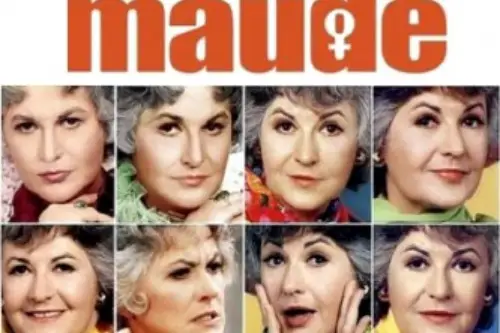
Mentioning or showing birth control on television was a non-starter for many years, especially during the 1950s and ’60s. The topic was lumped in with discussions of sexuality, which networks strictly avoided. Even married couples on TV never seemed to need contraception—babies just “happened,” or weren’t talked about at all. When characters faced pregnancy, it was usually framed as fate, not choice.
That changed with shows like Maude, which in 1972 aired a controversial episode where the title character considers abortion. Since then, TV has grown more open about reproductive health, with storylines involving birth control, family planning, and even fertility treatments. It’s not just about shock anymore—it’s about realism. What was once too taboo to mention is now part of responsible storytelling.


